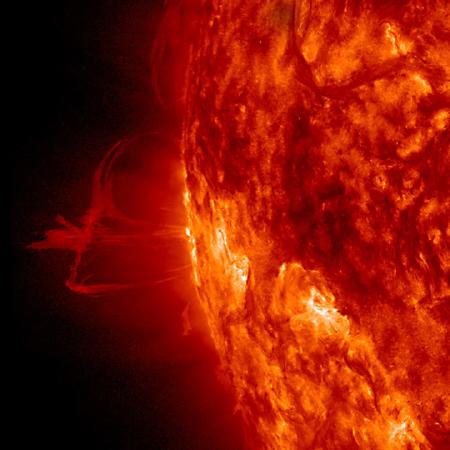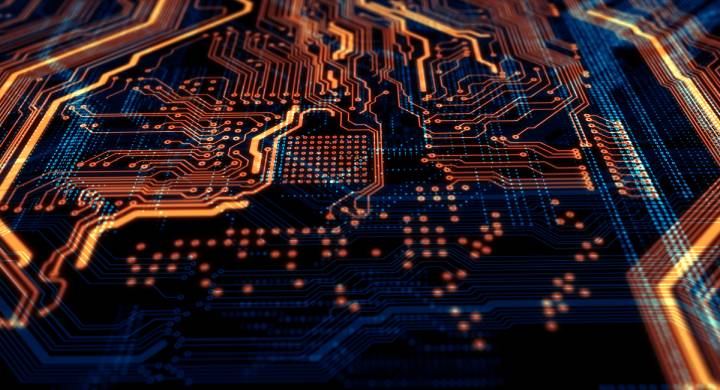Cosmic rays and other solar flare phenomena generate a shower of heavy ions, protons and electrons. These charged particles can cause short circuits, change the state of bits in memories and generate data losses, or even destroy electronic components.
“This threat has been studied in the laboratory for over forty years, but it is becoming increasingly serious”, says Raoul Velazco, Emeritus Professor at Grenoble INP – Phelma, UGA and a former researcher at TIMA*. Due to their minuscule size, electronic components are more sensitive to the effects of charged particles that are able to pass through them: neutrons emitted by cosmic rays interacting with the atmosphere can produce the same type of malfunctions at ground level as observed in space.
“Given the increasing number of electronic components in our everyday life, particularly in cars, the likelihood of incidents related to charged particles is definitely no longer insignificant”, says the scientist.
As the first to be confronted with the consequences of cosmic rays, space-industry actors quickly adopted protective solutions. NASA developed a system based on the tripling of functions via reprogrammable field-programmable gate arrays (FPGA), based on the principle of implementing an application three times by tripling the circuits. This approach, called triple modular redundancy (TMR), is approximately 30 times cheaper than using certified radiation-resistant circuits, and is currently in widespread use.
 TIMA, a pioneering lab for radiation testing
TIMA, a pioneering lab for radiation testing
Raoul Velazco’s team had performed the first French tests carried out in the United States at the LBNL**, home to the first heavy ion accelerator in the 1980s, before launching two ground-breaking research projects in this field at the TIMA* lab.
“We developed a method that involved intentionally inserting faults into the circuit, i.e. triggering the modification of a bit, and calculating the probability of this affecting the circuit’s functioning”, says Raoul Velazco.
“Such changes may have no effect, cause an error in the output data, or even shut down the circuit. At the same time, we also implemented radiation testing to calculate how many particles are required on average to change a bit.”
By combining both approaches, the researchers developed a method to certify the radiation tolerance of circuits, which was patented. This method was tested and confirmed experimentally, by comparing predictions to real measurements obtained using cutting-edge scientific equipment available at the Grenoble site: the LPSC low-energy neutron accelerator, the ILL accelerator and new heavy ion accelerators.
The limitations of TMR
This method enabled Raoul Velazco’s team to demonstrate the limitations of TMR in an article that attracted NASA’s attention.
“Intrigued by our results, NASA offered us an opportunity to test them in space, by hosting an experiment on a satellite”, recalls the emeritus researcher.
“The LWS (Living With a Star) satellite was designed to study the activity of the sun. It was supposed to be launched in 2009, but lift-off finally occurred in 2019. We are currently analysing the results of our tests, which confirm the existence of errors in FPGA circuits, despite the use of TMR, and will soon be published.”
This observation calls for measures to be taken because changes in technology and the rapid growth of IoT (Internet of Things) means that there is a significant risk of incidents occurring on an international scale.
“And this will be even more likely when quantum circuits are rolled out, as they are based on the principle of maintaining a delicate balance of qubits”, explains Raoul Velazco, whose team was amongst the first to create a ground-level testing platform. The researcher’s next major project will be to perform the first radiation testing of quantum circuits at ground level. Provided that he obtain a prototype, which is no easy matter...
*CNRS, Grenoble INP – UGA, UGA
**Lawrence Berkeley National Laboratory (Berkeley, Californie)
Crédit photo : NASA

 TIMA, a pioneering lab for radiation testing
TIMA, a pioneering lab for radiation testing